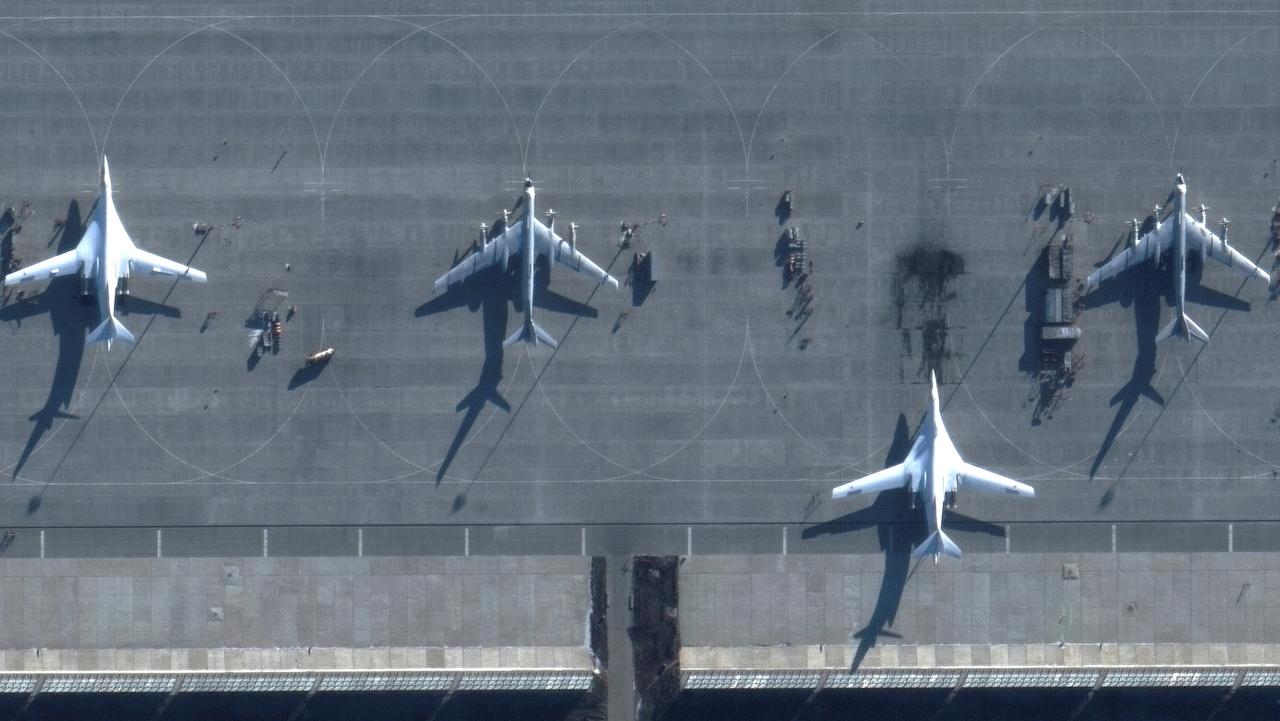Ukraine drone attack on russia – Ukraine drone attacks on Russia represent a significant shift in the ongoing conflict, utilizing unmanned aerial vehicles (UAVs) to strike targets deep within Russian territory. These attacks, ranging from small-scale incursions to more coordinated assaults, have raised critical questions about the effectiveness of drone technology in modern warfare, the strategic implications for both sides, and the potential for escalation.
The evolving nature of this drone warfare demands a careful examination of the technology employed, the targets selected, and the broader geopolitical consequences.
This analysis delves into the various types of drones used, their capabilities and limitations, and the specific targets chosen by Ukrainian forces. We will explore the impact of these attacks on Russia’s military infrastructure, economy, and public perception, alongside Russia’s countermeasures and the international ramifications of this new facet of the conflict. The study will also address the technological aspects of these attacks, including navigation, communication, and payload delivery, as well as the information warfare surrounding these events.
Ukrainian Drone Attacks on Russia: A Comprehensive Analysis
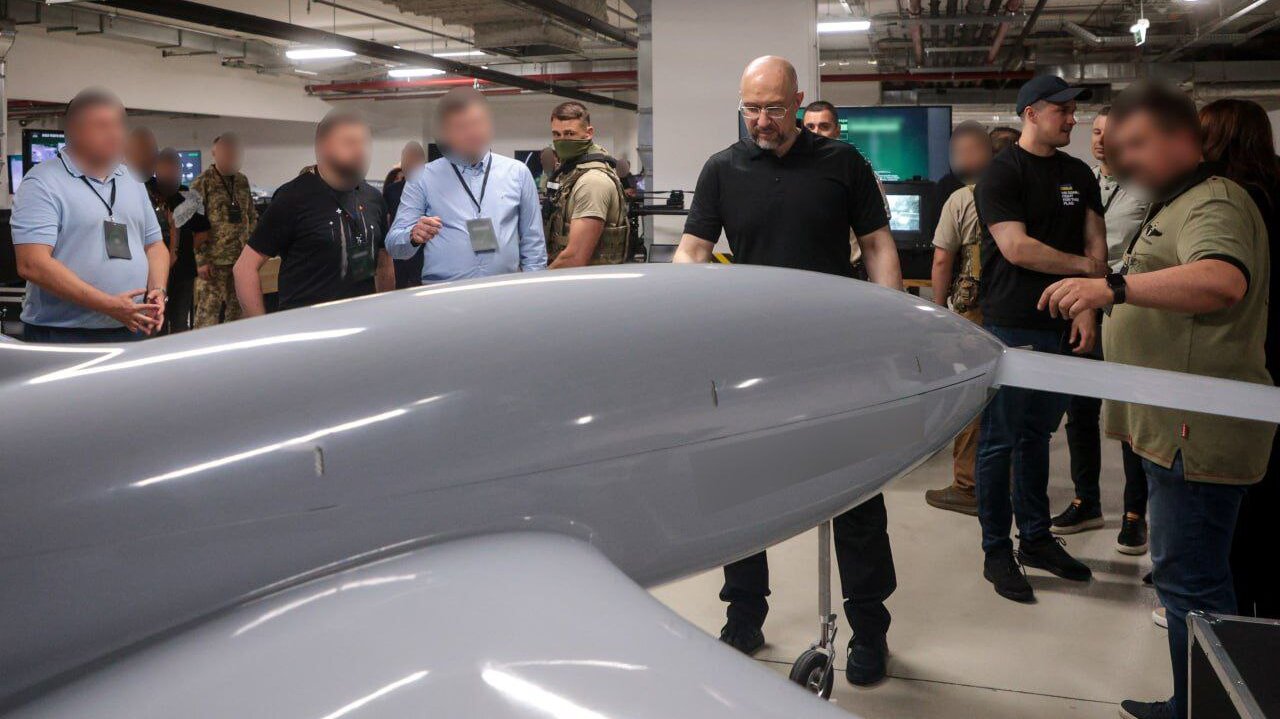
The escalating use of drones in the Russo-Ukrainian War has significantly altered the conflict’s dynamics. Ukrainian drone attacks on Russian territory have become increasingly frequent and sophisticated, prompting a reassessment of military strategies and raising significant international concerns. This analysis delves into the various aspects of these attacks, examining the types of drones employed, their targets, the consequences, Russia’s response, and the broader international implications.
Recent drone attacks on Russia by Ukraine highlight the increasing use of unmanned aerial vehicles in modern warfare. This raises questions about drone safety regulations globally, as evidenced by a recent incident, a florida drone accident , which underscores the need for stricter oversight. The implications of such incidents, both domestically and internationally, are significant, especially given the escalating tensions surrounding the conflict in Ukraine.
Types of Drones Used in Attacks, Ukraine drone attack on russia
Ukraine has employed a diverse range of drones in its attacks on Russia, leveraging both commercially available models and potentially modified or domestically produced systems. The effectiveness of these drones varies significantly depending on their capabilities and the specific operational context. Key factors include range, payload capacity, stealth capabilities, and resistance to countermeasures.
Three commonly cited drone types are the Bayraktar TB2, the Altius-M, and various modified civilian drones. The Bayraktar TB2, a Turkish-made combat drone, offers relatively long range and a significant payload capacity, making it suitable for striking high-value targets. The Altius-M, a Ukrainian-developed reconnaissance and strike drone, is reported to possess enhanced stealth capabilities. Modified civilian drones, often adapted for explosive payloads, offer a low-cost, readily available option for smaller-scale attacks.
| Drone Model | Range (km) | Payload (kg) | Key Features |
|---|---|---|---|
| Bayraktar TB2 | 150+ | 50-150 | Long endurance, precision strike capability |
| Altius-M | ~100 | Variable, often smaller than TB2 | Stealth features, potentially higher precision |
| Modified Civilian Drones | Variable, often limited | Variable, often small explosive payloads | Low cost, readily available, easily adaptable |
Targets of Drone Attacks
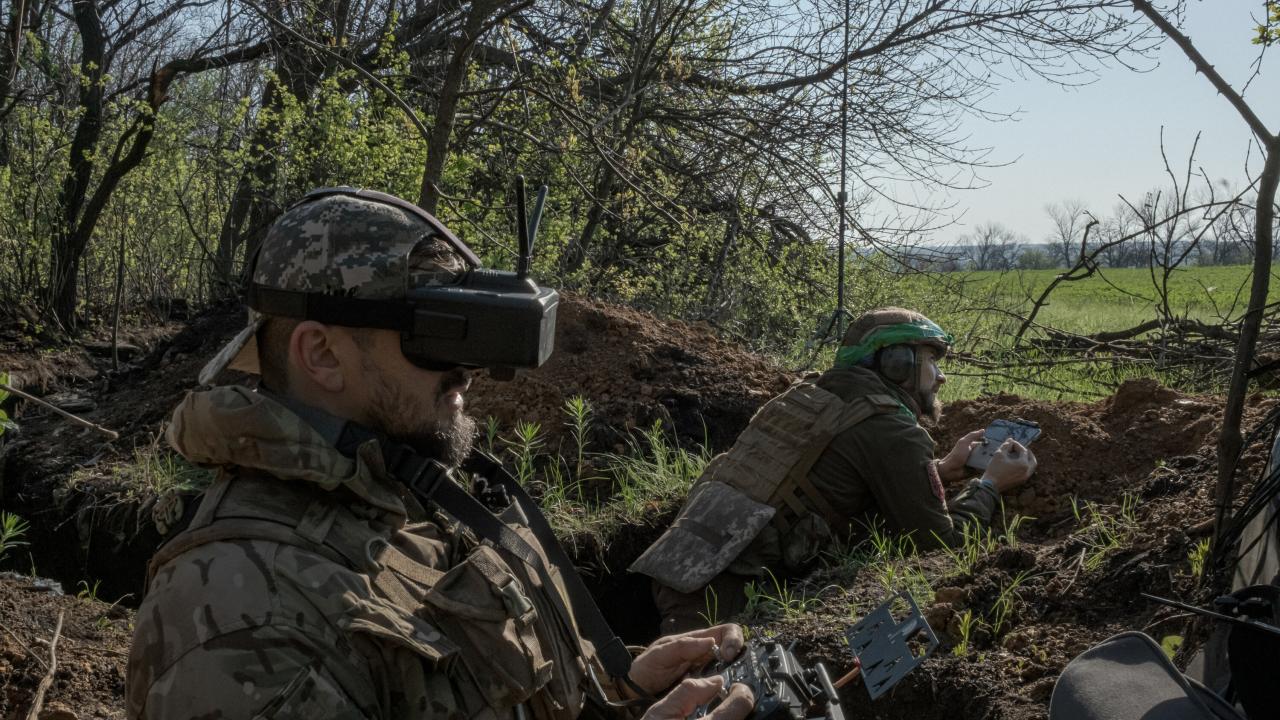
Ukrainian drone attacks have targeted a wide array of locations within Russia. The strategic implications of these attacks vary depending on the target selected. The geographical distribution of attacks is not uniform, with some regions experiencing a higher frequency of attacks than others.
- Military Bases: Strikes against military bases aim to degrade Russia’s military capabilities and disrupt logistical operations.
- Infrastructure: Attacks on infrastructure, such as energy facilities or transportation networks, aim to disrupt essential services and undermine Russia’s economic stability.
- Civilian Areas: While less frequent, attacks on civilian areas have raised significant international concerns about potential civilian casualties and the potential for escalation.
- Airfields: Targeting airfields aims to disrupt Russian air operations and limit their ability to support military actions in Ukraine.
Impact and Consequences of Attacks
The impact of Ukrainian drone attacks on Russia is multifaceted. Reports of damage and casualties vary, with both sides often providing conflicting accounts. The economic consequences include disruptions to supply chains, damage to infrastructure, and potential losses in productivity. The political and military repercussions include increased tensions, potential for escalation, and a shift in the strategic landscape of the conflict.
These attacks have also impacted global perceptions of the conflict, raising questions about the effectiveness of different military strategies and the potential for further escalation.
Russia’s Response to Drone Attacks
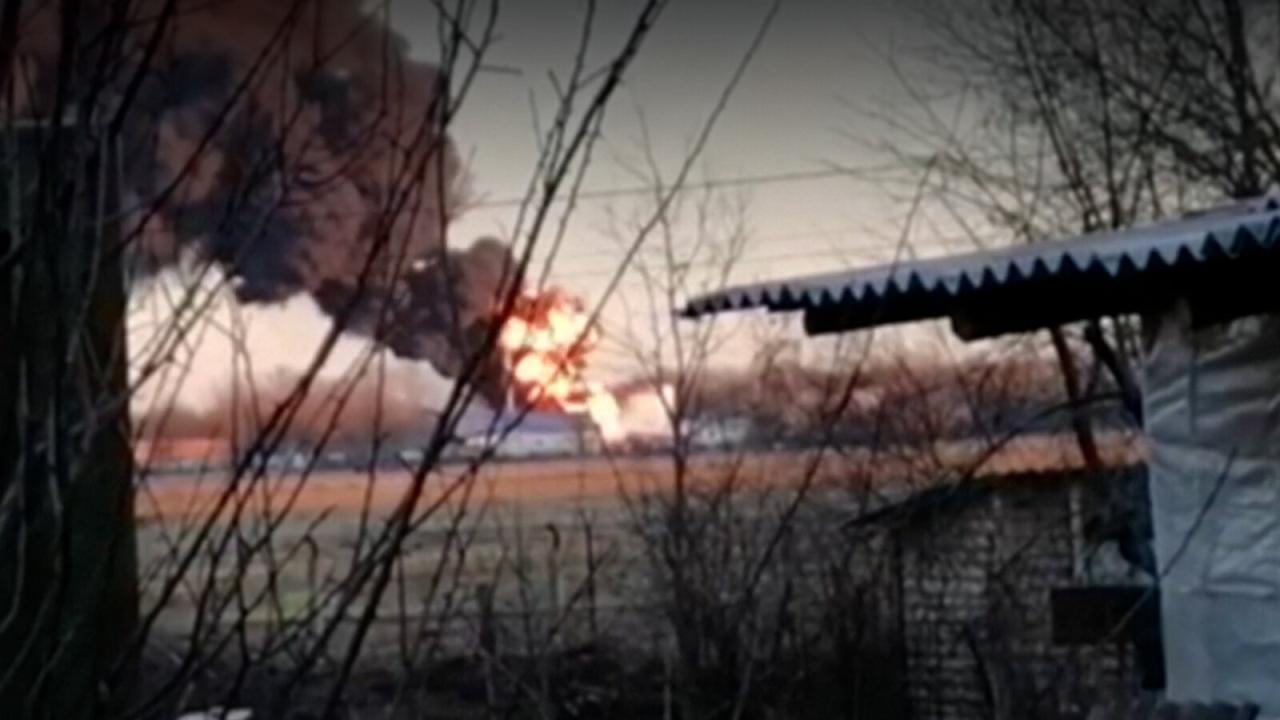
Russia has implemented various measures to counter Ukrainian drone attacks. These include deploying air defense systems, electronic warfare capabilities, and improved intelligence gathering to detect and intercept incoming drones. The effectiveness of these measures varies depending on the type of drone used and the specific circumstances of the attack.
Russia has also made adjustments to its defense strategies in response to the evolving nature of drone warfare. This includes improvements in air defense systems, deployment of jamming technologies, and increased investment in counter-drone technologies.
International Implications
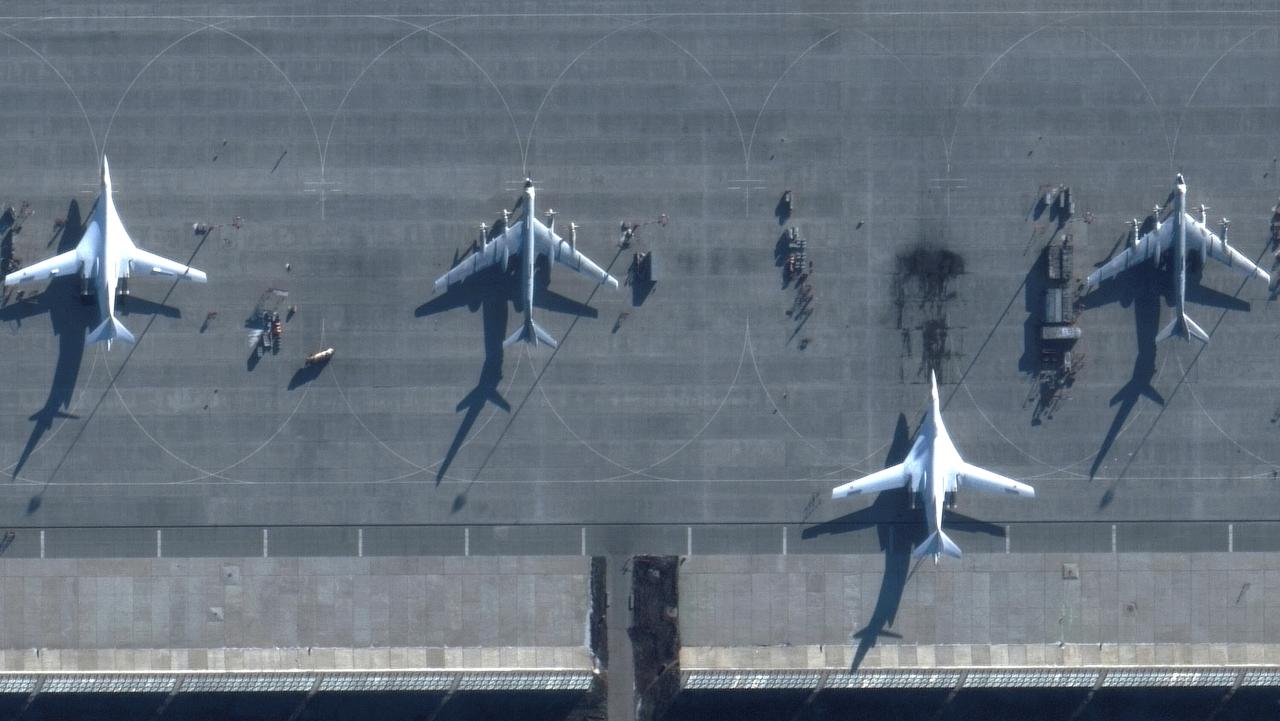
Ukraine’s use of drones raises complex international legal and ethical questions. The attacks have strained relations between Russia and other countries, particularly those supplying Ukraine with military aid. The potential for escalation remains a significant concern, with the possibility of broader international involvement in the conflict.
- Increased tensions between Russia and NATO: Drone attacks could lead to a direct military confrontation between Russia and NATO.
- International condemnation of attacks on civilian areas: Attacks on civilian areas could trigger stronger international sanctions against Russia and Ukraine.
- Escalation of the conflict: Drone attacks could provoke a wider conflict, involving other countries.
Technological Aspects of the Attacks
The drones used in these attacks utilize a range of technologies for navigation, communication, and payload delivery. GPS, inertial navigation systems, and potentially other technologies provide guidance. Communication systems allow for remote control and potentially autonomous operation. Payload delivery methods range from simple impact fuzes to more sophisticated guidance systems.
The challenges of coordinating multiple drone attacks simultaneously are significant, requiring precise timing, coordination, and robust communication systems. Intelligence gathering and targeting processes are crucial for maximizing the effectiveness of these attacks.
Propaganda and Information Warfare
Both Ukraine and Russia utilize information related to drone attacks in their propaganda efforts. Misinformation and disinformation campaigns often surround these events, aiming to shape public opinion and influence the narrative of the conflict. These campaigns utilize various methods, including social media, state-controlled media, and online forums.
| Source | Method | Impact | Example |
|---|---|---|---|
| Russian State Media | Exaggerated claims of drone failures | Downplays the effectiveness of Ukrainian attacks | Claims of numerous drones shot down with minimal damage |
| Ukrainian Social Media | Videos and images of drone strikes | Demonstrates effectiveness of Ukrainian tactics | Footage of drone strikes on military targets |
| Independent News Outlets | Fact-checking and analysis of conflicting claims | Provides a more balanced perspective | Reports on damage assessment and casualty figures |
The use of drones in the Ukraine-Russia conflict marks a turning point in modern warfare, showcasing the evolving capabilities of UAV technology and its potential impact on future conflicts. While the effectiveness and long-term consequences remain to be fully assessed, the strategic implications are undeniable. The analysis presented here highlights the complexities of this new form of warfare, emphasizing the technological advancements, strategic choices, and international repercussions that define this crucial aspect of the ongoing conflict.
Further research and analysis will be needed to fully comprehend the long-term effects of these drone attacks and their implications for global security.
FAQ Insights: Ukraine Drone Attack On Russia
What is the estimated cost of these drone attacks to Ukraine?
Precise figures are unavailable due to the classified nature of military spending and the variety of drone types used. However, estimates suggest significant investment in procurement, maintenance, and operation.
What types of payloads are typically carried by these drones?
Recent reports highlight the escalating conflict, with Ukraine employing drone technology in attacks against Russian targets. Understanding the strategic implications of these actions requires careful analysis; for more detailed information on a specific incident, refer to this report on a recent ukraine drone attack on russia. These attacks represent a significant shift in the dynamics of the ongoing war and are prompting much discussion about the future of warfare.
Payloads vary depending on the drone type, but commonly include explosives, incendiary devices, and potentially reconnaissance equipment.
How does Russia’s geography affect the effectiveness of these drone attacks?
Recent Ukrainian drone attacks on Russian territory have highlighted the increasing sophistication of drone technology in modern warfare. This raises questions about the reliability of even large-scale drone operations, as evidenced by the orlando drone show malfunction , where technical difficulties disrupted a planned display. Such incidents underscore the potential for unexpected failures, even in seemingly controlled environments, and further emphasize the complexities inherent in drone deployments, whether for entertainment or military purposes.
Russia’s vast size presents challenges for range and logistical support for Ukrainian drones. However, targeting specific locations remains possible.
Are there international efforts to regulate the use of drones in conflict zones?
Yes, various international organizations and treaties address the use of autonomous weapons systems and the laws of war, though enforcement remains challenging.
